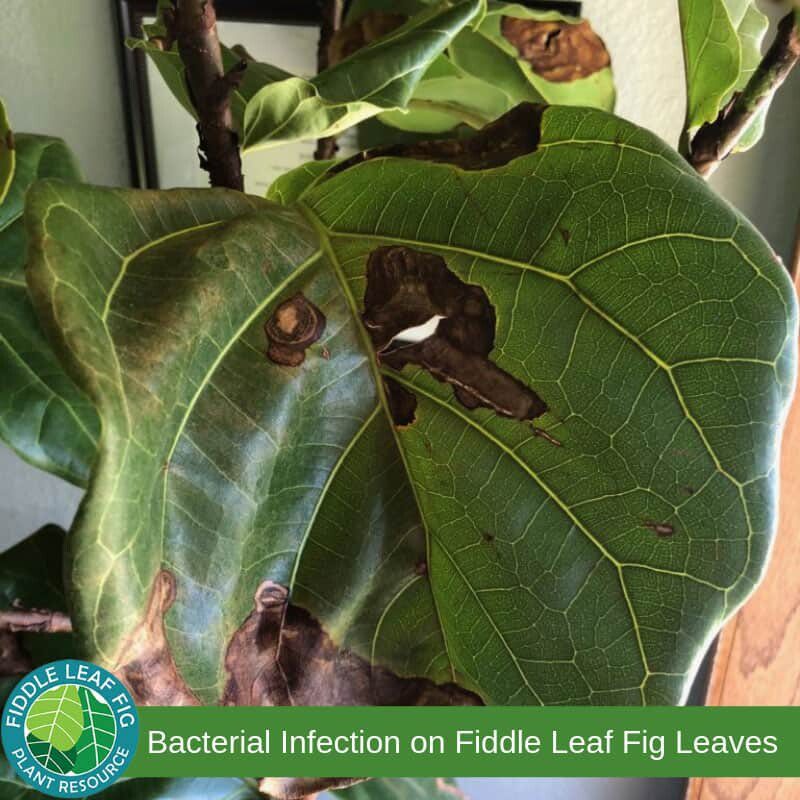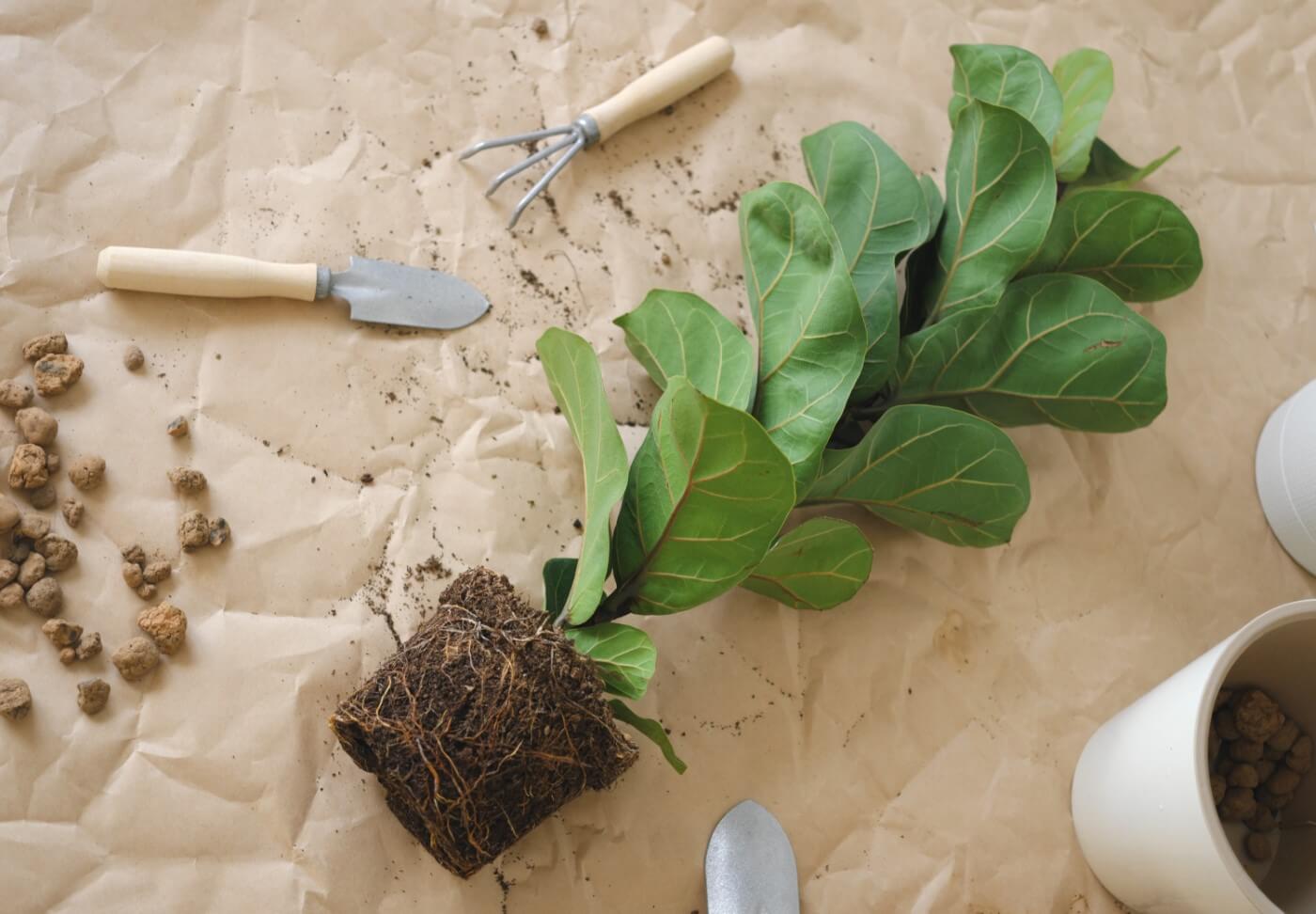The fiddle leaf fig is one of the most popular houseplants around. With its large, vibrant green leaves that resemble a violin, it’s easy to see why the fiddle leaf fig is so sought-after. But this tropical plant can be a bit finicky, especially when it comes to repotting. So is winter an okay time to repot your fiddle leaf fig? Or should you wait until spring?
Why Repotting is Stressful for Fiddle Leaf Figs
Fiddle leaf figs are sensitive plants that don’t like change Repotting means disrupting their root system, which can send the plant into shock Signs of shock include
- Drooping or wilting leaves
- Leaf drop
- Slowed growth
- Brown crispy leaf edges
Repotting also means changing the soil environment that the plant has adapted to. This sudden change can stress the plant further.
Additionally, fiddle leaf figs go partially dormant in winter. Their growth slows down as light levels and temperatures decrease. The plant is conserving energy during this time. Repotting expends energy that the plant would otherwise be storing for spring growth
For all these reasons, repotting during winter can be risky for fiddle leaf figs. It’s generally better to wait until the growing season returns in spring.
When Repotting in Winter is Okay
However, there are a few instances where repotting in winter is actually recommended for the long-term health of your fiddle leaf fig:
The Plant is Pot-Bound
If your fiddle leaf fig has outgrown its container to the point that roots are circling the inside of the pot or growing out of the drainage holes, it needs more space. Leaving it pot-bound over winter will limit growth in spring. Repot it in the next size pot.
You Just Brought it Home From the Nursery
Nursery pots often don’t have ideal drainage. Repotting into a pot with drainage holes can prevent overwatering issues like root rot over winter.
It Has Root Rot
If you discover root rot, repotting in fresh, sterile soil gives the roots a clean start. Remove all mushy roots before repotting.
It’s Infested With Pests
Bugs like mealybugs and spider mites can overwinter in the soil. Repotting removes their habitat. Be sure to spray off the roots before putting in new soil.
As long as you provide the right care, repotting for these reasons in winter can give your fiddle leaf fig a health boost.
How to Repot a Fiddle Leaf Fig in Winter
If you’ve determined that your fiddle leaf fig would benefit from repotting over the winter months, here are some tips for a successful transition:
-
Pick a warm, sunny day – Avoid cold, overcast days. Aim for temperatures above 60°F (15°C).
-
Use warm water – Water exposed roots with room temperature water, not cold water.
-
Keep the plant indoors – Don’t subject it to cold outdoor temperatures during the process.
-
Use a sterile, sharp tool – Cut away circling and damaged roots cleanly.
-
Choose a potting mix for drainage – Add perlite or bark to regular potting mix.
-
Water sparingly after repotting – Allow the soil to dry out completely before watering again.
-
Provide bright, indirect light – Supplement natural light with grow lights if needed.
-
Mist often – Increase humidity around the leaves to prevent leaf drop.
-
Avoid fertilizing – Don’t fertilize for a few weeks to allow roots to recover.
Signs Your Fiddle Leaf Fig is Too Stressed After Repotting
Monitor your fiddle leaf fig carefully after repotting in winter. If you see significant leaf drop, wilting, or drooping, the plant is going into shock. Other signs of stress include:
- Brown crispy edges on leaves
- Slowed growth
- Leaf spots or yellowing leaves
- Loss of upright form (stems going limp)
If you see these issues, provide bright indirect light, warmer temperatures around 70°F (21°C), plenty of humidity through misting, and limited watering. The plant will need time to bounce back from the disruption. Don’t fertilize or make any other changes until it recovers.
When to Repot a Fiddle Leaf Fig in Spring
Early spring is the ideal time for repotting a fiddle leaf fig. Wait until daytime temperatures are consistently above 60°F (15°C) and new growth has started to emerge. Signs that your plant is waking up from winter dormancy and ready for repotting include:
- New leaf unfurling
- Longer stem internodes
- Branch tips swelling with new growth
Repotting in spring gives your plant the entire growing season to recover before going dormant in winter again. The active growth period also means it will bounce back quicker than in winter.
How Often Should You Repot a Fiddle Leaf Fig?
Most fiddle leaf figs only need repotting every 2-3 years. The exception is younger plants still actively growing – they may need repotting yearly until they mature.
If your plant seems happy in its current pot, leaves no signs of being rootbound, and has healthy growth, don’t feel like you need to repot on a fixed schedule. Let the plant’s cues guide you.
The Takeaway
Repotting fiddle leaf figs in winter is risky but sometimes necessary. If your plant is clearly suffering in its current pot, the benefits of repotting likely outweigh the stress it will cause. Otherwise, wait for the growing season to make the change. When repotting in winter, take steps to minimize shock by providing ideal conditions for recovery afterwards.
When to Repot a Fiddle Leaf Fig…and When to NOT
If it’s been a year or so since upgrading your tree’s pot, if you see soil pulling away from the edges of the pot, or if you notice roots popping out the top or bottom, it’s time for a new pot.
There is good news: a tree that grows is a healthy tree, so your fiddle should be strong enough to make the change with only a little drooping and a few leaves falling off.
Our pets are great, but sometimes they think our fiddle pot is a bathroom! When this happens, the chemicals in the animal’s urine are very bad for the roots. Repotting a fiddle leaf fig right away and rinsing as much of the dirty soil out of the root ball as you can is the best thing to do. In the future, try covering the surface of the soil with pebbles to deter pets.

Classic bacterial leaf spot on a fiddle leaf fig, with multiple spots throughout each leaf.
You don’t want to mess with a bacterial infection, because it spreads quickly and can kill your plant. First, take off all the sick leaves, which can shock the tree, and put it somewhere with lots of good light.
If you notice more spotting, repot the tree. Your tree’s chances are 50/50 at this point, so it’s well worth the risk to repot.
Root rot is the worst thing that can happen to an FLF owner! Root rot can kill our trees, but sometimes they can get better without being repotted.
If your pot has good drainage and you simply overwatered, your plant might be able to recover with good light, root rot treatment, and a chance to dry out.
If the spotting isn’t doesn’t continue or isn’t severe, you probably don’t need to repot. If the spots get worse despite treatment, it’s time to repot.
Your tree probably won’t dry out before root rot sets in if the pot doesn’t drain well, and the problem is likely to get worse. Your tree will be better off in a new, well-draining pot and a fresh start.
If you do have a case of root rot on your hands, here’s some required reading:
To Repot a Fiddle Leaf Fig or Not: Is It Worth the Root Shock to Your Fiddle Leaf Fig?
When to repot a fiddle leaf fig and when to leave your tree alone is one of the questions that owners ask most often.
The first rule of fiddle leaf fig care is that these trees don’t like change.
They like to settle into a routine and a place where they can grow and thrive. Any change to their preferred routine and environment puts them at risk of shock, which is often followed by drooping and leaf loss.
But sometimes, our poor fiddles face larger threats than root shock. Repotting a fiddle leaf fig should only be done when NOT repotting it would be more dangerous.
Of course, it’s hard to tell when that’s the case.
We’ll discuss when to repot a fiddle leaf fig and when should you just leave your tree alone?
How to Repot a Fiddle-Leaf Fig
FAQ
When should I repot my fiddle leaf fig?
How do you take care of a fiddle leaf fig in the winter?
Do fiddle leaf figs like to be root bound?
What temperature is too cold for fiddle leaf fig?
When should you repot a fiddle leaf fig plant?
You should repot a fiddle leaf fig plant only when it has outgrown its current pot. This plant likes to be quite snug, so you’ll only need to repot it when the plant becomes root bound and needs more room for its roots to expand and grow. Some signs your fiddle leaf fig is root bound and has outgrown its pot include:
How do you repot a fiddle leaf fig plant?
Leave a clear inch at the top, so you can water the plant without soil flooding out everywhere. Make sure the surface of the soil is even. Clean your fiddle leaf fig leaves with a soft cloth to remove any soil debris that may be dusting them after the repotting process and leave your plant looking smart in its new pot. 4.
How do you grow a fiddle leaf fig?
Cover the roots completely with soil and fill up the entire pot. If you have a tall plant, recruit a friend to hold the plant upright as you fill around the sides with soil to keep it supported. Gently pat the soil in and give your fiddle leaf fig some water. Fiddle leaf figs like bright, but indirect light.
How do I know if my fiddle leaf fig is Rotten?
Before picking out a new pot, check your fiddle leaf fig’s root ball. If your plant is root bound, you’ll notice the roots crowding at the base of the pot and possibly peeking out of drainage holes in search of more space and nutrients. If the roots are brown and mushy, then you have rotten roots!
- The Ultimate Guide to Growing Strawberries in Raised Beds - August 8, 2025
- No-Dig Garden Beds: The Easiest Way to Grow a Beautiful Garden - August 6, 2025
- How to Protect and Preserve Wood for Raised Garden Beds - August 6, 2025

